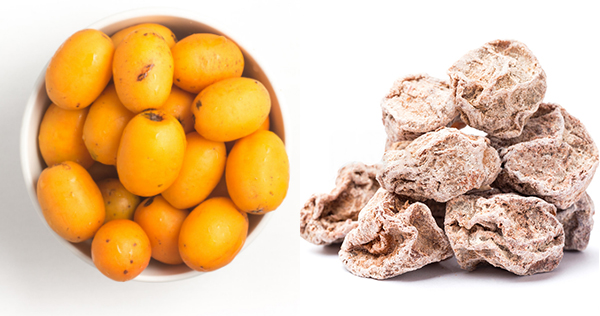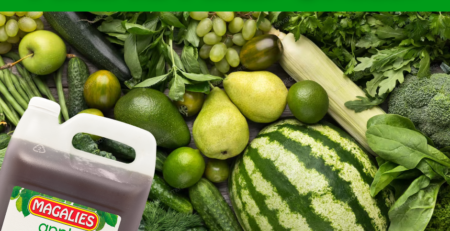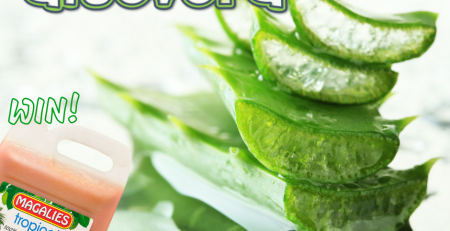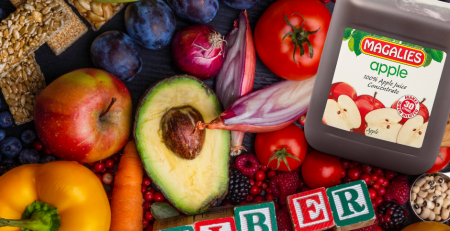“X” is for Ximenia Fruit!
by Dr. Marli Botha
Ximenia, also known as a sourplum (“suurpruim”), is a small tree or small shrub that is thinly branched. In particular, the sourplum is native to regions in South East Africa, mainly Botswana, Kenya, Malawi, Mozambique, South Africa, Tanzania, Uganda, Zambia, and Zimbabwe. The fruit are generally sour with a dry aftertaste, however contains significant amounts of potassium. The tree itself is fairly hardy, with frost resistance and drought tolerance. The tree, fruit, seed, leaves, and roots are all used for human consumption, medicinally, or for fuel.
- The fruit is sour but can be eaten raw; it is best eaten when slightly overripe. More typically, it is put into cold water to soak, and then the skin and seed are removed by pressing. The remaining pulp is then mixed with pounded tubers to create a porridge. Alternatively, the fruits can also be processed into a storable jam. The fruits are also known to be used for desserts and jellies.
- The fruits are eaten by birds and various other animals. Several butterfly species are known to feed on the leaves. Various mammals are known to graze on the leaves of the tree, with particular emphasis in times of drought.
- The wood of the tree is hard and fine-grained. Typically, it is used as firewood. However, it can also be used to make handles for tools, utensils, or for construction purposes.
- Ximenia bark is traditionally used for treating oral infections and even toothaches, and it also works well for soothing away stomach aches and nausea. The bark contains approximately 17% tannin.
- To extract the oil, the seeds are roasted, then mashed, and the oil extracted. The oil serves several purposes and can be used to soften leather, oiling bowstrings, or as a general ointment. Alternatively, the oil can be used cosmetically for the hair or for the skin to soothe chafing. The oil can also be used as fuel for lamps.
- The non-drying oil that is obtained from the seed is used in India as a substitute for ghee.












